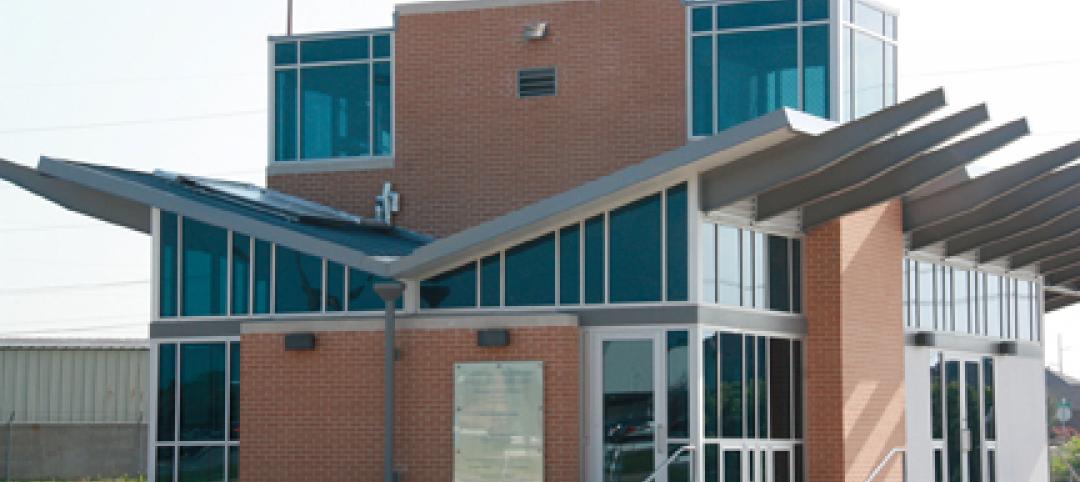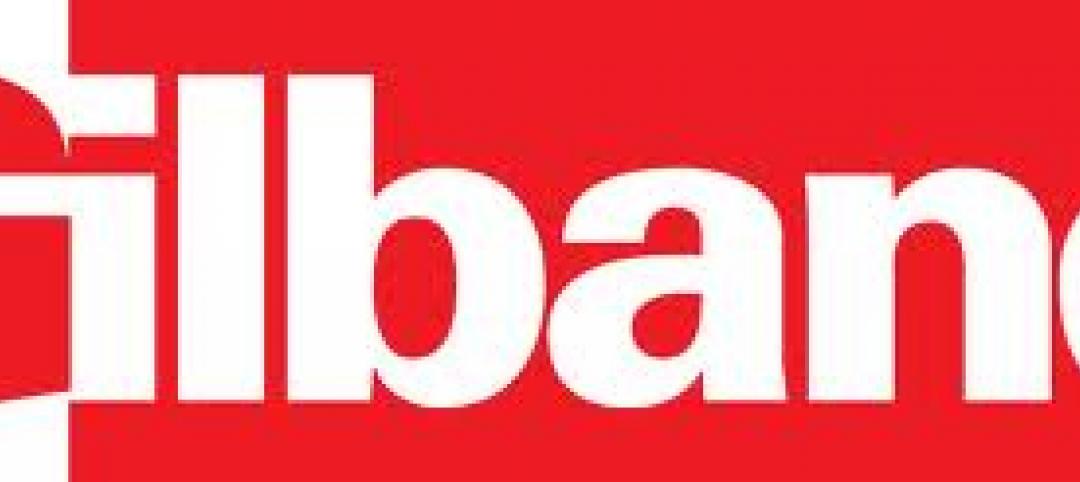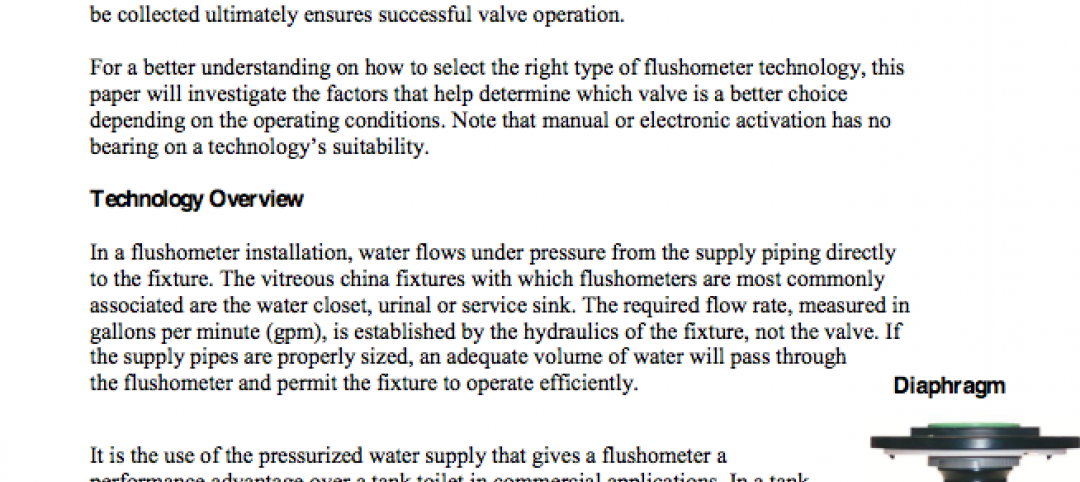The global market for products and services related to achieving net zero energy in residential and commercial construction and renovation is projected to expand at a compound annual growth rate of 44.5% between 2014 and 2035, and exceed $1.4 trillion in that last year, according to the latest estimates in a new 24-page report, titled Net Zero Energy Buildings, published by Navigant Research.
In North America alone, that market is projected to increase annually at a rate of 38.4% during that timeframe, reaching more than $127 billion in 2035.
Once confined mostly to single-family home and one-story office construction, net zero energy (ZNE) is penetrating a nonresidential sector that is placing greater emphasis on efficiency, renewable energy, and consumption. The Navigant report contends that the technology needed to achieve net zero energy is available for almost any building type.
Benjamin Freas, Navigant’s Principal Research Analyst in Washington, D.C., tells BD+C that the regulatory climate, both in North America and worldwide, is leaning in directions that favor ZNE construction practices. He points specifically to California’s Title 24, which went into effect on January 1 and sets minimum energy saving requirements for new buildings and renovations. By 2030, all new commercial construction in California must be ZNE, meaning that those buildings produce at least as much energy onsite as they consume.
Freas concedes that commercial ZNE so far is in the “pilot program phase” and is being being adopted “jurisdiction by jurisdiction, state by state.” But he’s convinced that the actions of “forward-thinking” states such as California, Massachusetts, and New York will ultimately result in regional and national code changes.
Freas also points to the Paris Climate agreement, which takes effect on November 4, 2017, as a possible turning point for ZNE construction. The pact, with 197 signatories, requires governments to present national plans to reduce emissions to limit global temperature rise to well below 3.6 degrees Fahrenheit. (While President-elect Donald Trump has threatened to pull the U.S. out of that accord, there is less certainty about what impact his administration will have on America’s push toward greater energy efficiency and reducing carbon emissions.)
Another factor in Navigant’s projections is the advocacy of groups like U.S. Green Building Council and the New Buildings Institute that are pressing developers and their AEC partners to entertain ZNE as an option in their design and construction plans.
Freas observes that ZNE is starting to seep into AEC continuing education programming. However, he admits that educating the industry about the benefits of ZNE remains “a challenge,” in part because the costs related to making buildings net zero energy are “currently not acceptable to most building owners.”
That being said, Navigant’s research paints a picture of a global market in which ZNE is inevitable and, eventually, ubiquitous.
Glazing, walls and roofs are the biggest potential ZNE areas. Navigant estimates that the value of ZNE products and services for wall and roof construction and renovation will expand to $366.3 billion in 2035, from a mere $134.1 million in 2014. ZNE-related glazing products and services will increase to $369.9 billion from $132.4 million over that same period.
Another big gainer could be ZNE HVAC products and services, which are expected to grow at an annualized rate of 45.8%, to $172.6 billion in 2035.
All told, the global ZNE products and services market is projected to hit $1.436 trillion in 2035, compared to only $629.3 million in 2014.
The North American ZNE market will reach $127.1 billion in 2035, nearly 1,000 times larger than the 137.4 million market at 2014. The walls and roofs sector is expected to increase at an annual rate of 39.6% to $32.3 billion; and ZNE products and services for glazing should increase annually by 39.8% to $32.9 billion.
Related Stories
| May 8, 2012
Morgan/Harbour completes three projects at Columbia Centre
Projects completed on behalf of property owner, White Oak Realty Partners, LLC, Pearlmark Realty Partners, LLC and Angelo Gordon & Co.
| May 7, 2012
Best AEC Firms: MHTN Architects nine decades of dedication to Utah
This 65-person design firm has served Salt Lake City and the state of Utah for the better part of 90 years.
| May 3, 2012
U of Michigan team looking to create highly efficient building envelope designs
The system combines the use of sensors, novel construction materials, and utility control software in an effort to create technology capable of reducing a building’s carbon footprint.
| May 3, 2012
Zero Energy Research Lab opens at North Texas
The living lab—the only one of its kind in Texas—is designed to test various technologies and systems in order to achieve a net-zero consumption of energy.
| May 3, 2012
Gilbane to provide CM services for North Reading’s integrated middle/high school
The project scope includes a wastewater treatment plant, demolition of the existing high school and extensive athletic fieldwork.
| May 2, 2012
Public housing can incorporate sustainable design
Sustainable design achievable without having to add significant cost; owner and residents reap benefits
| May 1, 2012
White paper discusses benefits of diaphragm and piston flushometer valves
The white paper highlights considerations that impact which type of technology is most appropriate for various restroom environments.
| Apr 30, 2012
Virginia Commonwealth unveils design for Arts Institution
Institute for Contemporary Art will serve as a catalyst for exhibitions, programs, research and collaboration.
| Apr 27, 2012
GreenExpo365.com to offer webinars on EPA’s WaterSense Program
Architects and builders interested in developing water-efficient buildings invited to attend free sessions featuring experts discussing water-efficient building practices.
















